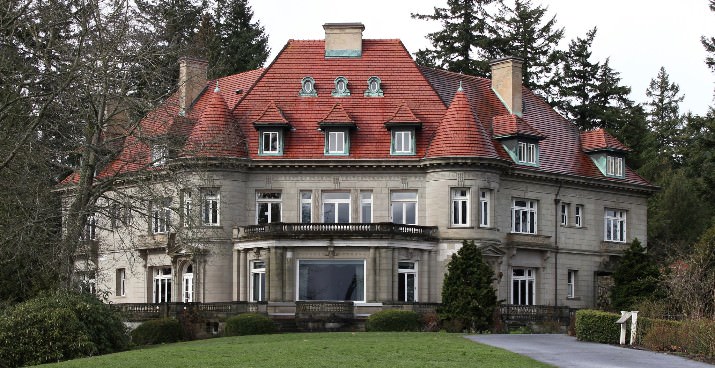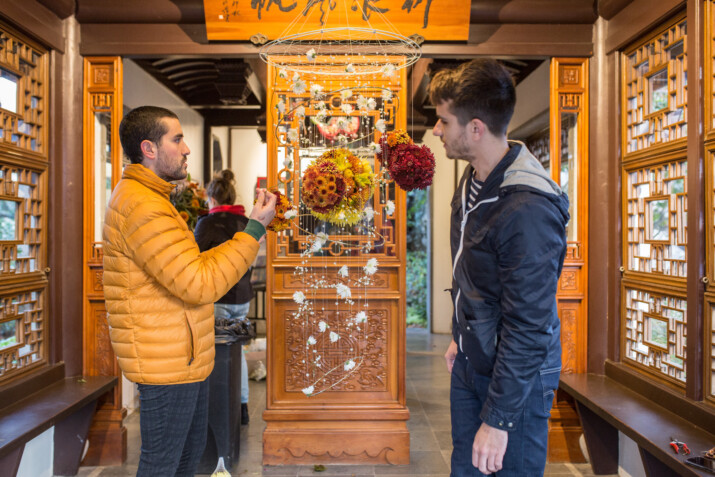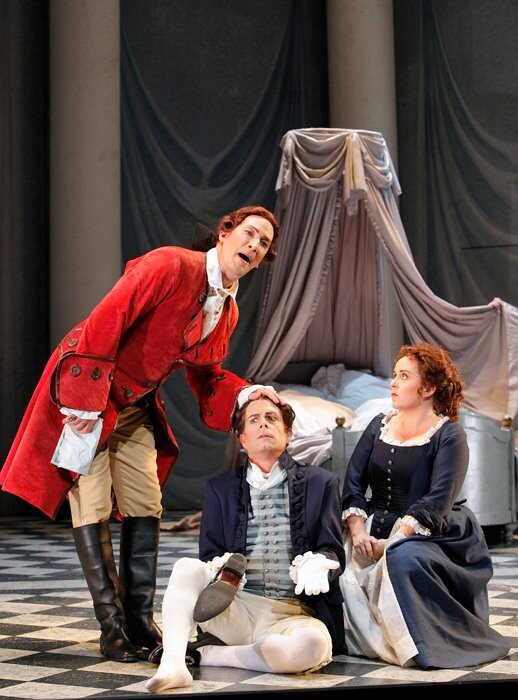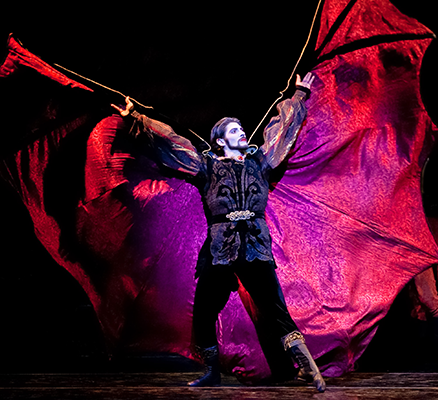Portland, January 28th, 2016. The Pittock Mansion just secured a $29,000 grant for Pittock Connect, the next phase of the Visitor Experience Plan. Pittock Connect will include a new app which visitors can use to learn as they tour. The new technology will expand the educational value of the Pittock while maintaining the fun that makes Pittock Mansion Museum appealing to those who are unlikely to be reached by other cultural and educational institutions.

Soon visitors will be able to access in-depth historical information via a new Pittock app. It will include improved directional signage and added narrative and interactive enhancements to the permanent exhibit.

Hundreds of school kids flock to the Mansion for school Discovery Tour field trips.

To launch Pittock Connect administrators will make their website more user-friendly by improving its design and creating platforms for users to interact. Next, they will connect visitors with dynamic content from Pittock Mansion Society’s extensive archives with an app.
To launch Pittock Connect administrators will make their website more user-friendly by improving its design and creating platforms for users to interact. Next, they will connect visitors with dynamic content from Pittock Mansion Society’s extensive archives with an app. After being invited to access the app in the ticket area, surrounding park, or through online searches for Pittock Mansion, users will be able to dig deeper into topics that pique their interest as they learn about Pittock Mansion and Portland history through photographs, illustrations, quotes, biographical material, and more. The app will highlight multiple perspectives, including those of the women and minorities who played a large part in the daily life of early 20th century Portland.
The Pittock development team successfully secured funding support for Pittock Connect fromThe Jackson Foundation and an anonymous family foundation. These foundations provided sufficient funding to begin and we will continue to work to secure the remaining funds needed. Officials intend to have the updated website and Pittock app ready for the general public by the end of 2016.
They are excited to enrich the Pittock Mansion experience and create a valuable, modern resource for all who want to learn about regional history.
Every January they clean the house from top to bottom – from polishing the marble floors, to dusting the banisters in the grand staircase, to clearing the copper gutters on the roof!
The Pittock Mansion will reopen to the public on February 1st.

The north entry features a bronze bust of Henry Pittock. The 1906 original plaster bust was donated by Caroline Pittock Leadbetter and was cast in bronze in 1993.
From the Pittock Mansion:
The Pittock Mansion was home to Portland pioneers Henry and Georgiana Pittock from 1914 to 1919. During the late 1800s and the early 1900s, their lives and work paralleled the growth of Portland from a small Northwest town site to a thriving city with a quarter million population. With its eclectic architectural design and richly decorated interior, including family artifacts, the Pittock Mansion stands today as a living memorial of this family’s contributions to the blossoming of Portland and its people.

On a hike of Larch Mountain, one of Henry Pittock’s companions suggested they sit down and rest.
Henry responded “those people who stop on the way never get very far.”
English-born Henry Lewis Pittock journeyed on a wagon train from Pennsylvania to Oregon in 1853 where, at the young age of 19, and in his own words, “barefoot and penniless,” he began working for Thomas Jefferson Dryer’s Weekly Oregonian newspaper. In 1860, at the age of 26, he married 15-year-old Georgiana Martin Burton of Missouri. Six years prior, Georgiana had crossed the plains from Keokuk, Iowa to Oregon Territory with her parents. Georgiana’s father E.M. Burton was a flour mill owner and one of early Portland’s well known building contractors.
Together, Henry and Georgiana began a long life of work, community service, and devotion to family, which would last 58 years and celebrate six children and eighteen grandchildren.
A consummate businessman, Henry Pittock took ownership of the Weekly Oregonian in 1860, changing its format to the daily paper we read today. He went on to build an empire incorporating real estate, banking, railroads, steamboats, sheep ranching, silver mining, and the pulp and paper industry.
Georgiana dedicated herself to improving the lives of the community’s women and children. She helped found the Ladies Relief Society in 1867, whose Children’s Home provided care, food, and shelter for needy children. Georgiana also worked with the Woman’s Union, and played a key role in building the Martha Washington Home for single, working women.
The couple was known for their quiet reserve, helpful demeanor, and love for the outdoors. Georgiana cherished gardening, and kept a terraced flower garden at the mansion covered with every kind of flower imaginable. She frequently adorned her house with cut flowers, and is recognized for originating the tradition of Portland’s annual Rose Festival.
A vigorous outdoorsman, Henry rode horses in the Rose Festival parades, and was a member of the first party to climb Mt. Hood, one of the spectacular peaks visible from the mansion. Henry and Georgiana were at the pinnacle of their successful lives when they commissioned architect Edward Foulkes to design and build their new home overlooking Portland, the city they loved.
They began planning and designing their new home in 1909. The mansion was completed in 1914, replete with stunningly progressive features including a central vacuum system, intercoms, and indirect lighting. The house also creatively incorporated Turkish, English, and French designs. In keeping with their loyalty to their home state, the Pittocks hired Oregon craftsmen and artisans, and used Northwest materials to build the house. The final estate included the mansion, a three-car garage, a greenhouse, and the Italianate gate lodge servants’ residence, all situated on 46 acres of land almost 1,000 feet above downtown Portland.
At 80 and 68 respectively, Henry and Georgiana moved to their new home. The hard-working couple who had lived in the heart of Portland as it developed from a forest clearing to a bustling business center, now resided high in the hills, with a breathtaking vista of their beloved Portland. It was a warm and gracious house for both the adults and children of the family.
Georgiana died in 1918 at the age of 72, and Henry in 1919 at 84. The Pittock family remained in residence at the mansion until 1958, when Peter Gantenbein, a Pittock grandson who had been born in the house, put the estate on the market.
The threat of demolition at the hands of land developers, and the extensive damage caused by a storm in 1962, brought concerned citizens together to raise funds to preserve the site. Seeing this popular support, and agreeing that the house had tremendous value as a unique historic resource, the City of Portland purchased the estate in 1964 for $225,000. Fifteen months were spent restoring it. The mansion opened to the public in 1965, and has been a community landmark ever since.
A house of historical significance and visual magnificence, the Pittock Mansion today offers us a uniquely personal opportunity to peek into the past, and study our world as it was – from the viewpoint of one Portland family.


















